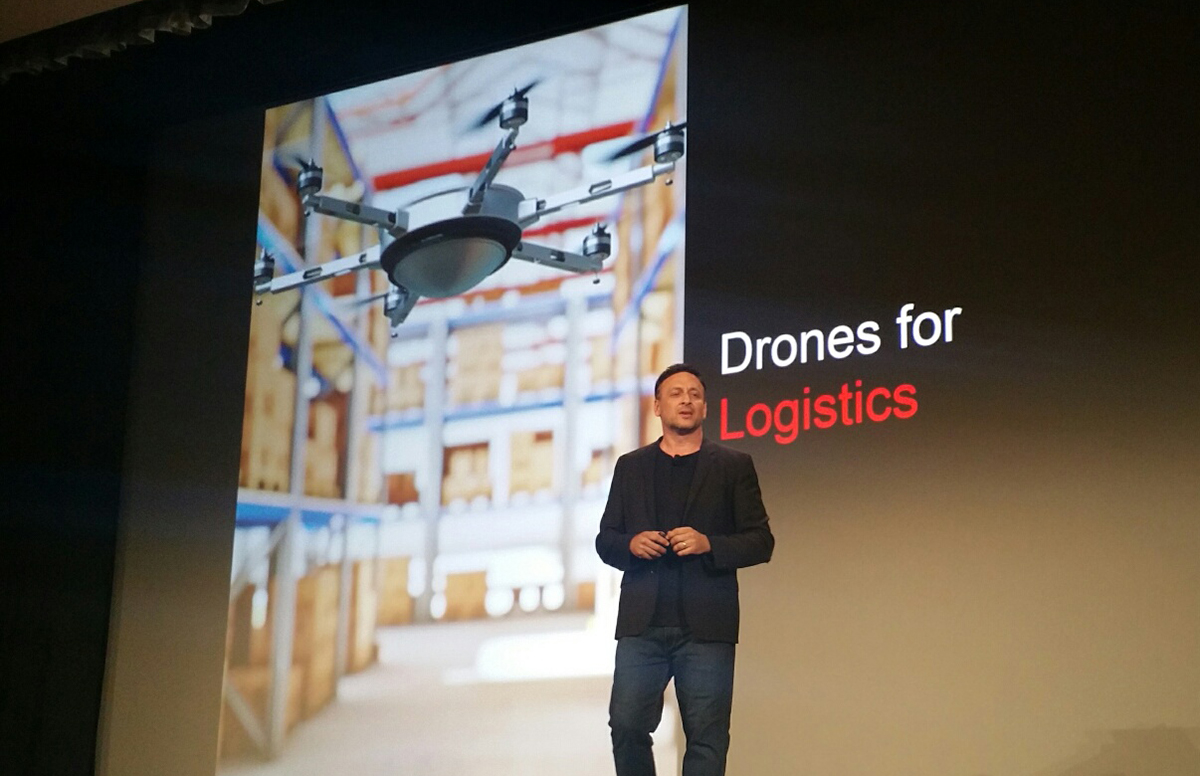News about PrecisionHawk merging with Field represents the literal end the road for PrecisionHawk, as the company is set to operate under the Field brand by the end of the year. It also signals the end of an era for the wider drone industry, but thankfully, it’s more milestone than destination.
The position that PrecisionHawk established for itself in the drone industry in the late 2010s is hard to overstate. While the company was created in 2010, it was the vision that Michael Chasen championed when he came onboard as CEO in 2017 that truly defined that position. His vision took the company far beyond what PrecisionHawk founder Bob Young established with drones being thought of and promoted as a farmer’s new best friend.
Chasen was fully committed to going beyond agriculture, and he took to the stage at multiple industry events to talk up what that meant for the company and to the drone industry. He wanted to get the company involved in just about every sector, ranging from energy to construction to insurance…and even further into agriculture. All of it was fueled by a desire to see PrecisionHawk enable exponential growth across the entire drone industry.
Chasen positioned that growth with the development of specific products like PrecisionAnalytics Energy but also through the acquisitions of companies HAZON and InspecTools. His enthusiasm was infectious, and it clearly resonated with stakeholders, as the company secured a $75 million dollar investment in 2018 alone, with another $32 million in 2019. According to Crunchbase, their total amount of funding came in at $136 million.
However, that flurry of activity and investment telegraphed the identity challenges that the company was clearly trying to sort through. What was their core value proposition? Whether PrecisionHawk was a drone software company or a drone service company was a question Chasen literally posed on stage without a clear answer. Their acquisition of Droners.io and AirVid allowed them to say they had created the largest network of commercially licensed drone pilots, but how exactly did that line up with their business roadmap?
Regardless of the stated or actual answers to those sorts of questions, it was clear that PrecisionHawk was exploring as many different avenues with the technology and market as they could, and they did have success with creating value. The waiver they received from the FAA for BVLOS operations allowed them to prove a safety case that was directly applicable to large agribusiness fields, forests, mining operations, public utilities, and other rural industries.
While the company built up an enviable suit of products and book of business, their focus on an excess of opportunity rather than a core value prop turned into a problem. There was too much talk about what the technology could mean to entire organizations at scale and in the future, rather than what it did mean to users in the present. And the very different ways that the technology can create value for insurance applications versus utility inspections underscores the incredible scope of opportunity that PrecisionHawk was trying to both define and deliver in real-time.
Whether it was a case of too much potential without enough reality, or simply not being focused on a core value proposition, the company ran out of runway to see Chasen’s vision of exponential growth realized. When Jim Norrod took over as CEO in 2020, it was a signal that things were going to change for the company in a big way. Statements like “you have to prioritize the interests of investors, employees, customers and the environment” made that abundantly clear. Norrod can now boast that he was able to provide a liquidity event for investors for 9 out of 10 companies that he’s most recently been involved with, and that track record was well understood when he took over.
News about this being the end of the road for PrecisionHawk is a disappointment to many but there’s also some positivity to it because it underscores the fact that the drone industry as a whole is about more than the hype and potential that defined those early days. Kay Wackwitz from Drone Industry Insights recently mentioned that the hype is gone, and the trust is real, and this news underscores that perception as reality. The potential that PrecisionHawk was able to cultivate and foster is set to turn into real-world value under Field. The company will take PrecisionHawk products and services to the next level as they put data to work to boost efficiency and reliability. That shift from hype to reality is one we’ve talked about in the abstract, but this development proves not only what it looks like, but that it’s happening.
Precisionhawk’s place in the drone industry is now in the past but the pathway the company helped define for the future is an important one. The things Bob Young talked about with drones being the farmer’s best friend and Michael Chasen advocated around deploying drones on a much more massive scale will happen, and they both raised important questions about how such applications could best be enabled. Thanks to their efforts and the work of countless PrecisionHawk employees, others will be able to provide those answers, which is something we’ll soon be hearing about at upcoming industry events.
Knowing we won’t see Chasen or Young on stage to talk about all of that is something of a bummer though, as I will miss Chasen’s stories about how disappointed his mother was with his career decisions as well as Young’s analogies.
Will stylish suits and impromptu calisthenics be enough to replace such things? Perhaps some questions about the future of the drone industry are better left unanswered.















Comments